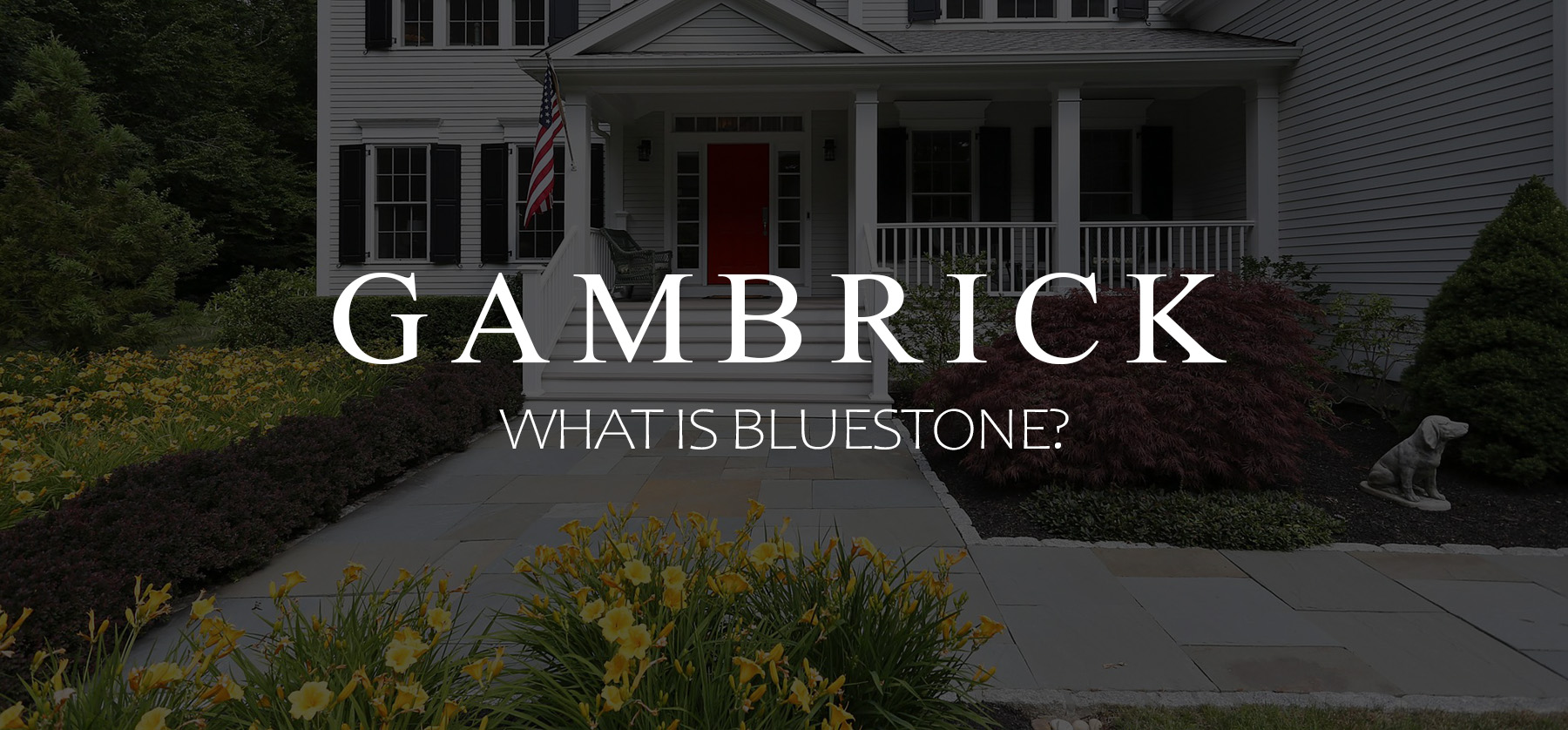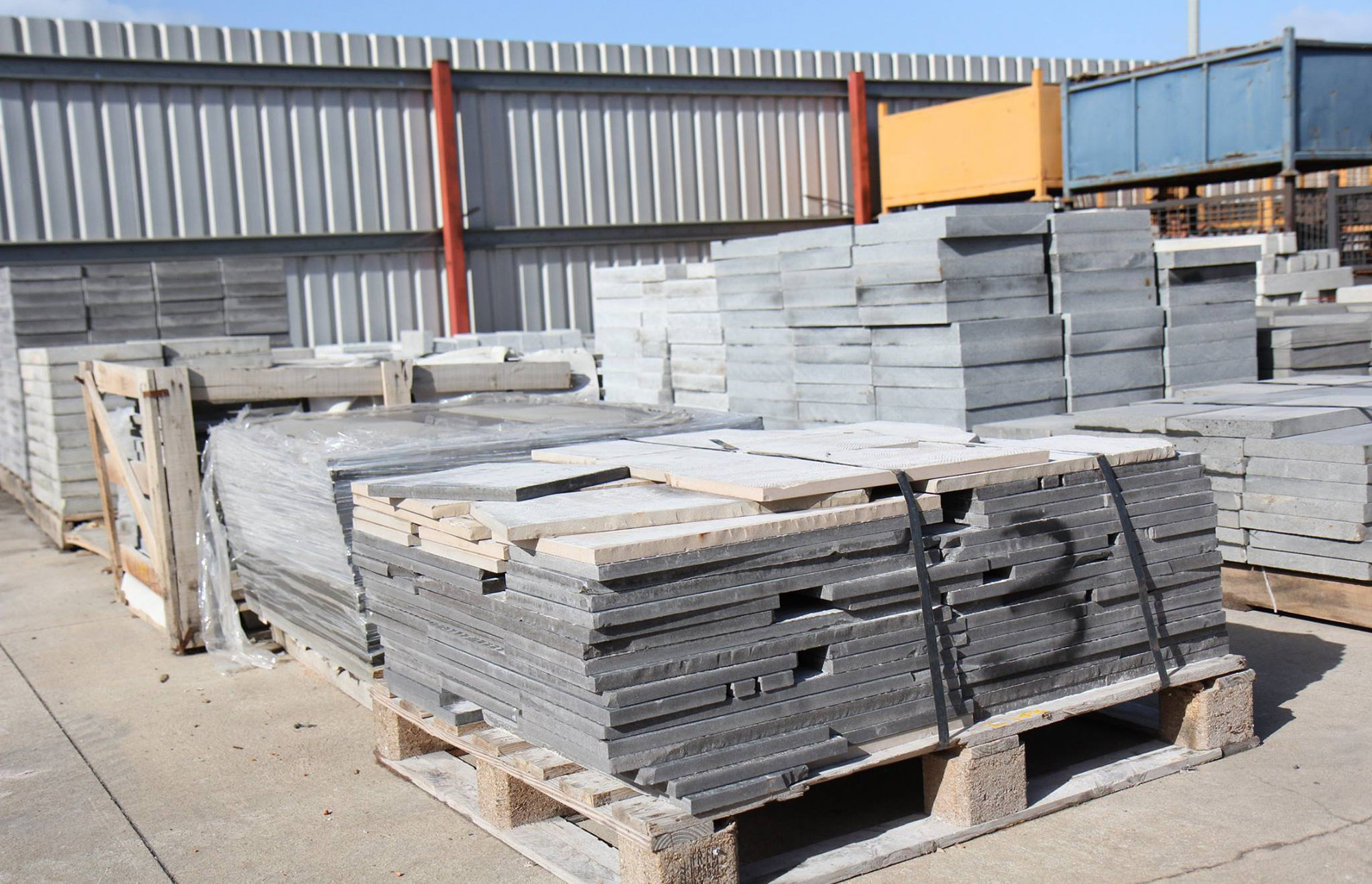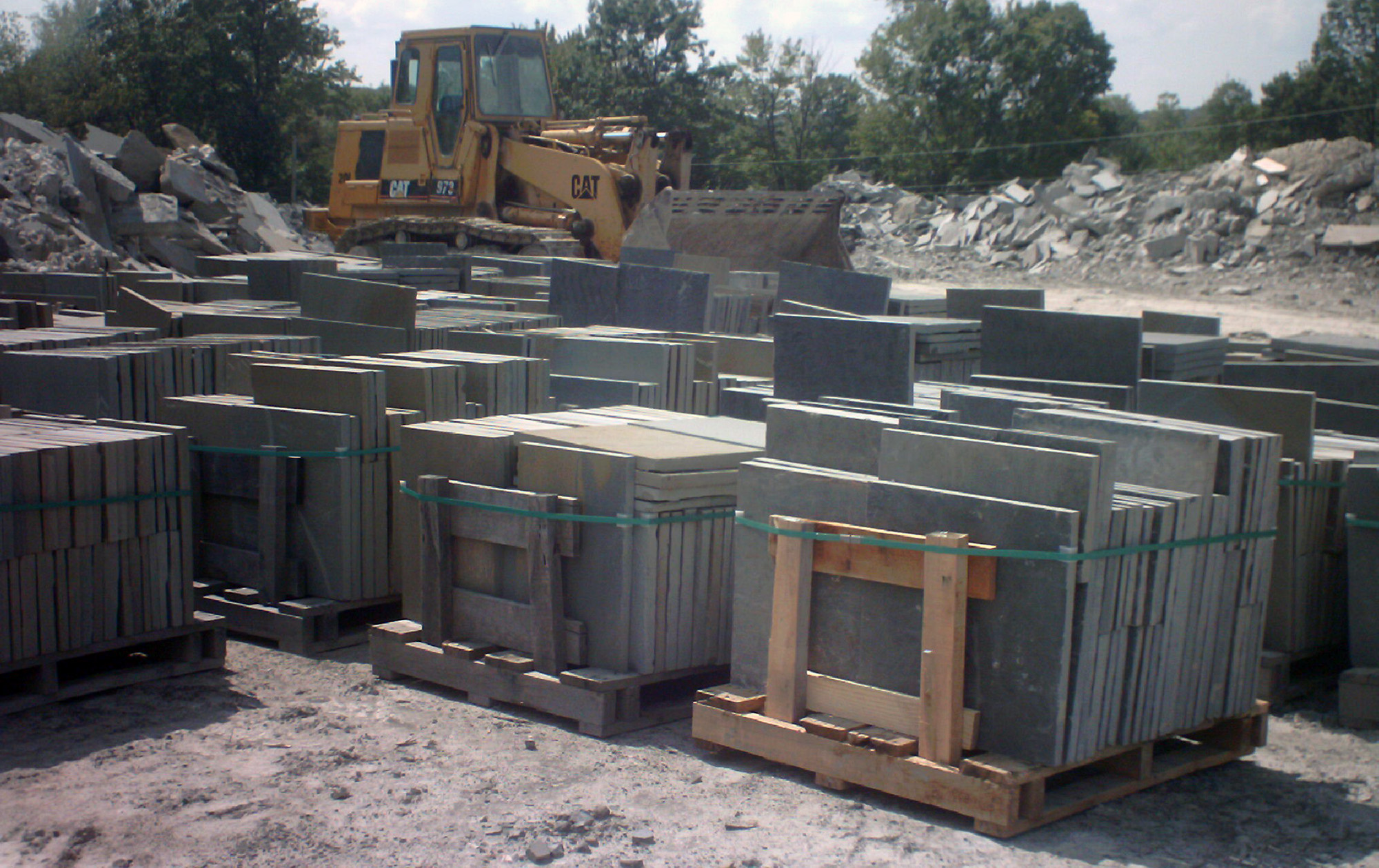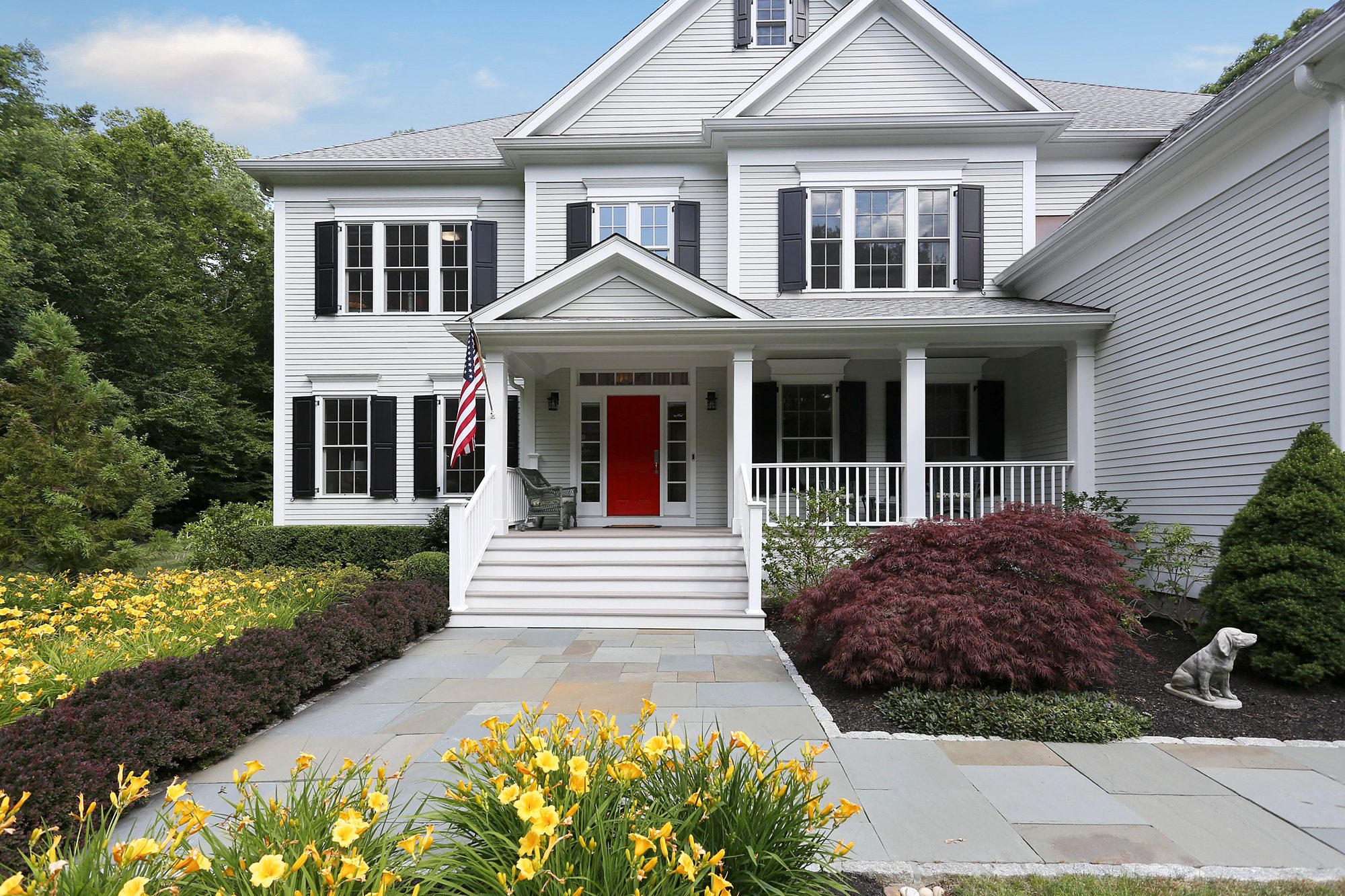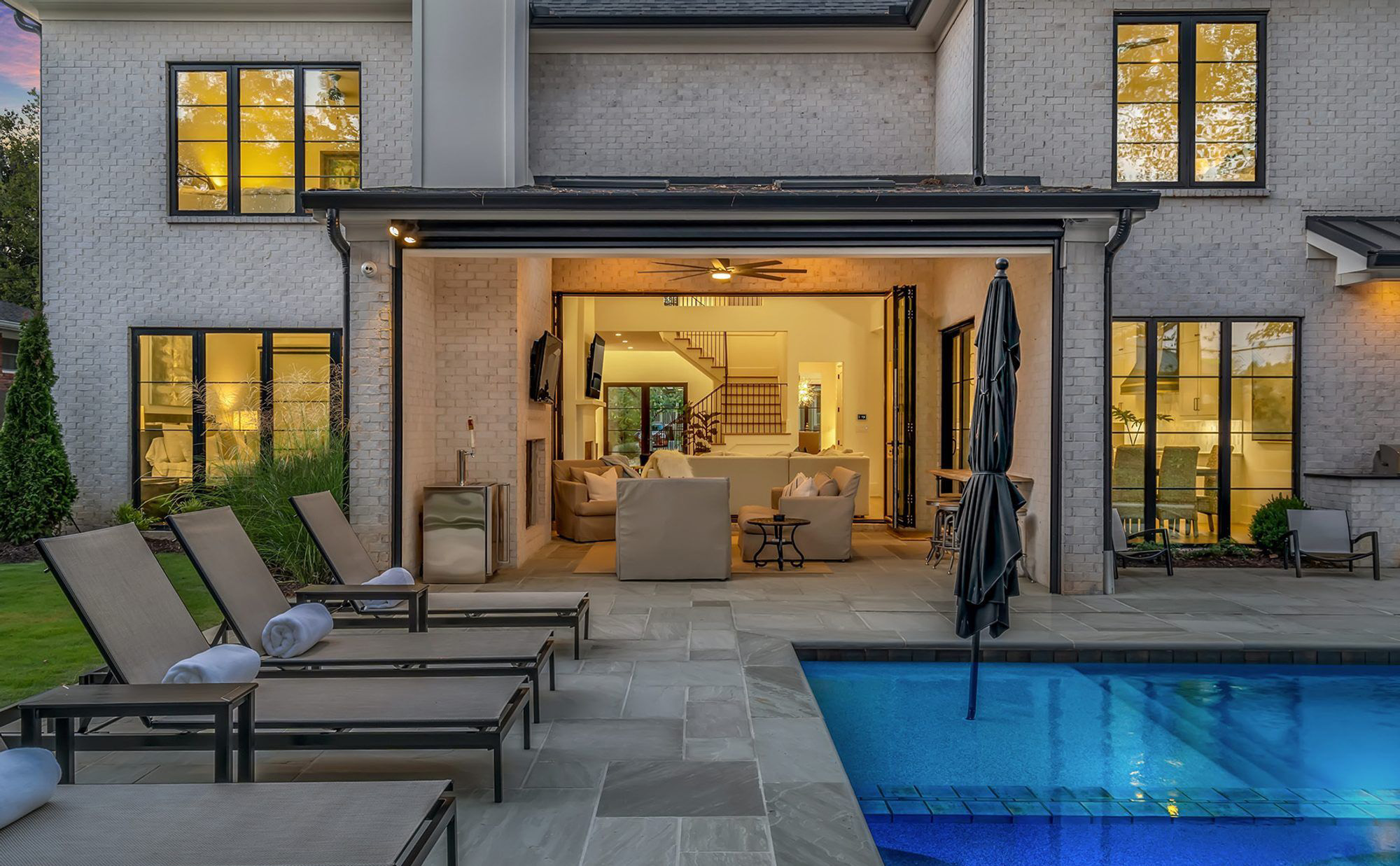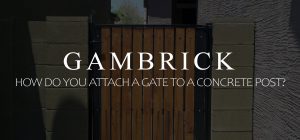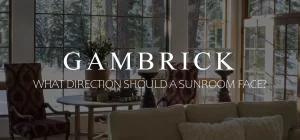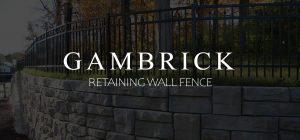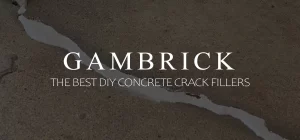What Is Bluestone?
Bluestone is a beautiful all natural stone commonly used in landscaping and hardscaping projects. It has an overall blueish coloring, which is why they call it bluestone, however there can be veins of greys and browns running throughout it. I’m sure just about everyone has seen pictures of bluestone because of how common it is. But what is bluestone?
It’s a rock mainly mined in the United States out of Pennsylvania, New York and Virginia. Although there are some other types imported from different parts of the world. The most common type used in residential construction is from one of two places. A sandstone mined from New York and Pennsylvania called Pennsylvania Bluestone, and a limestone from the Shenandoah Valley of Virginia called, Shenandoah Bluestone. The stones are taken from a quarry and then cut into a variety of shapes and sizes. The most common being large thin slabs which are used as paving stones for patios and walkways. Bluestone is hard, durable, flat and smooth. All great qualities for a walkable surface.
Because of how beautiful and durable bluestone is, it’s used in all sorts of projects. Thicker pieces are even used to build retaining walls and cap stones. There are all sorts of applications for bluestone, but they’re generally all in the outdoors.
Ahead we’ll look in depth at bluestone. What is Bluestone? How is it used? Hoe much does it cost? How is it installed? And it worth the high price tag?
What Is The Most Common Type Of Bluestone?
Pennsylvania bluestone is the most common type we use in construction. If you’ve ever seen a walkway, patio or in ground pool surround with a blueish stone tile it was probably made from Pennsylvania Bluestone.
It’s a durable sandstone quarried in the northeastern United States. Mostly in Pennsylvania and upstate New York. It’s an excellent material for patios and walkways because it resists cracking and won’t discolor. It’s also fine grained which means the surface can be very smooth and easy to walk on.
Bluestone is very dense which makes it resistant to stains from spills. Yet another reason why it’s so popular as a patio material.
It’s cut or broken into slabs of varying sizes and shapes, making it suitable things other than a patio such as steps, walls, facades, interior floors, and fireplaces. Some manufacturers even cut the finest pieces into tiles you can use inside the home.
Bluestone has a unique hard yet soft quality that makes it very appealing for everyday use. Its texture is rough enough to provide traction when wet which is a huge benefit around a pool. Yet it’s smooth and soft enough to walk barefoot on without worrying about sharp edges.
Palettes of bluestone at the dealer cut into a variety of shapes and sizes.
What Color Is Bluestone?
Due to different mineral deposits found throughout the groundwater during the stone’s formation, bluestone can vary from its predominantly silvery blue color to any combination of brown, tan, rust, green, and even purple.
When you building a large patio or walkway which take multiple palettes of stone it may not be possible to match all your stone exactly. For this reason I recommend buying all your stone at once and mixing palettes. Don’t lay stone a palette at a time or you could see the color variation. Rather, if you have 5 or 6 palettes open them up and mix all the stone into one large palette. By doing this the colors will be random and more natural.
You should also go to a stone dealer or quarry and select your stones. Don’t choose from a picture. Natural stones have a lot of color variation so you should pick the exact rock you’ll be using.
What Patterns Are Available?
There are two general categories of patterns used for patios or walkways. But since natural stone can be cut or broken you can lay it any pattern you like.
- The most popular combines squares and rectangles together to form a variety of patterns. Because stone can be cut into uniform shapes it’s easy to arrange them into predetermined shapes. This is a huge benefit to landscape architects and designers. You can design the entire patio on paper and then cut the stone to fit. That’s not an option with most other materials.
- A field stone pattern joins irregular shapes together in a random pattern. This is the second most popular way to form a patio or walkway.
In either of these patterns you can use either blue-blue or off color stone.
Most people also include some sort of border trim around the patio which should be worked into your design. This can be more stone or something different like red brick. Brick is a very popular choice because of how great blue and red naturally go together.
Palettes of stone cut into a variety of rectangular and square shapes and sizes.
How Much Does It Cost?
Pennsylvania bluestone and other varieties native to the US cost around $15 to $30 per square foot installed. Factors affecting the price include the area where you live, the pattern, thickness, and size of your patio.
Another major factor is how the patio is built and how the stone is laid. If your stone are set in sand like pavers it’s a lot cheaper than cementing them to a concrete slab like tile.
Another big consideration is the grout. You can use either cement grout or sand no matter how you build the patio.
Also consider the type of border you’ll be using. This is an additional cost to build the patio.
Bluestone Is A General Term
The name bluestone is not a geological term like igneous, sedimentary or metamorphic rock. In fact, the term bluestone is a very broad, general term that represents over 20 separate varieties of rock.
Here in the U.S. it’s usually a kind of sandstone or Limestone mined from Pennsylvania, New York or Virginia. It has a blueish color which is why it’s called bluestone.
In Australia there are two varieties of bluestone, one normally known as Victorian Bluestone which is a kind of basalt. Basalt is an igneous rock made up primarily of feldspar and is usually grey to black and fine-grained owing to rapid cooling of lava at the surface of a planet. In South Australia, it is known as a type of slate. Slate is a metamorphic rock which is mostly made up of quartz and is typically pale grey or beige in color. It should be noted that it is a great deal less hard-wearing than the Victorian Bluestone.
Chinese Bluestone is generally a grey limestone. Limestone is a sedimentary rock that is mainly made up of minerals calcite and aragonite, which are dissimilar crystal forms of calcium carbonate
Off color bluestone patio tiles with a textured surface.
Blue-blue bluestone patio tiles with a smooth surface.
When you go to your stone dealer to buy bluestone you’ll have four basic choices to make. These choices are simple and broken down into 2 fundamental areas:
- Color. There are two main colors to choose from. Off color and blue-blue.
- Texture. There are two main choices here too. Natural cleft which is textured and more natural looking. Sawn cleft is smoother but still has enough texture to make a safe walkway when wet. Even smooth stone isn’t as smooth as a tile.
Bluestone From Around The World
In the U.S. and Canada bluestone is generally a type of Sandstone or Limestone which is deep blue in color. It comes from New York, Pennsylvania and Virginia.
In Europe it’s a form of Limestone that formed in deeper water and was exposed to less light. The stone eventually fades from a deep blue to a light grey after prolonged exposure to the sun.
In Australia there are two types. The first is commonly known as Victorian Bluestone which is a form of Basalt. Basalt is an igneous rock made up mainly of feldspar. It is usually grey to black and fine-grained. In Southern Australia it’s a form of Slate. Slate is a metamorphic rock which is mainly made up of quartz and is pale grey with hints of beige in color.
Chinese Bluestone is a grey Limestone. Limestone is a sedimentary rock that largely made up of the minerals calcite and aragonite, which are different crystal forms of calcium carbonate.
Bluestone found in the U.K., the most famous being the stones of Stonehenge, is more specially known as Preseli Spotted Dolerite. It’s found in the Preseli Hills of Wales.
The rock found in New Zealand, also known as Timaru bluestone is also known as a grey basalt. New Zealand bluestone is primarily quarried in the vicinity of Timara in the south island.
There are many types of Bluestone and they all need to be treated and cared for differently. They vary from very hard, durable and dense to very soft and porous. To help identify the type of Bluestone you have it’s important to get as much information about the stone as possible from your supplier. Information such as place of origin and type of stone will help you use the correct care and installation guidelines.
How Do You Clean & Maintain Bluestone?
One of the great things about this particular stone is that it doesn’t need to be sealed. The surface is dense and smooth with very few dimples. This is great if you don’t like maintenance because no sealing means no re-sealing every year. Although a sealant can help bring out some depth and richness in the coloring. It’s just not required for longevity reasons.
It can be cleaned with a soft scrub brush, regular soap and water. Vinegar or lemon diluted in water can be used for tougher stains but I generally just use a little dish soap.The surface is so flat and dense it’s naturally resistant to stains.
Every few years I like to power wash the patio. Just make sure to use a light pressure. Don’t overdo it. Using too much pressure can leave lines on the stone.
Efflorescence is a powdery white substance that can appear on the stone’s surface a few years after installation. This can happen in all sorts of masonry products like stone and brick. It’s just minerals within the stone leaking out and isn’t harmful. A basic cleaning with remove it but there’s really no way to prevent it.
Other than some basic cleaning now and then, your new stone patio doesn’t need any maintenance.
How Bluestone Forms
North American bluestone generally consists of limestone or sandstone. It forms underwater from rock and mineral deposits which help to give it it’s beautiful blue coloring.Depending on where the stone forms and what minerals it’s made of effect both it’s color and texture.
Over time, heat and pressure compress these deposits into solid layers.
The term “bluestone” can refer to various types of igneous rock, which forms when magma cools beneath the Earth’s surface. It’s a pretty broad term that encompasses a lot of different stone. But here in the US when you say bluestone what you get is quarried from either Pennsylvania, Virginia or New York.
Stone dealer with palettes of bluestone cut into a variety of rectangular shapes and sizes.
Tips On Buying and Installing Bluestone
Before buying any stone you should design the entire patio or walkway first. Choose a pattern and color as well as a border. You should also decide on the type of installation you’ll be using. Either on sand like pavers or on top of a slab like tile. And you’ll have to choose a grout and a gap thickness. Some installations have very tight lines and others wider gaps. Think of it in the same way as laying tile.
You can use cement grout or sand for the grout lines no matter how you build the patio.
Once I answer some of these basic questions I like to draw out the design on paper. This helps me see the patio to scale so I know how big of pieces I’ll need.
Bluestone is a natural material so it’ll have some imperfections. Small dimples and uneven surfaces are very common.And expect some color variations even within the same palette.
Bluestone generally is an inch to an inch and a half thick. Typically, a palette of 1.5 inch bluestone covers about 180 square feet of patio without cuts. 1 inch thick bluestone will cover approximately 220 square feet.
When you figure out the material you need make sure to order enough for all the cuts and buy a little extra for broken pieces or stone you just don’t like. Most people buy 10 – 15% more than they need.
Always go and see the stone before you buy. Don’t choose from a picture because the actual coloring will vary quite a bit.
Try to buy from the same palette for a small job or from the same shipment for a larger project. This will help limit color variations.
Common Uses of Bluestone
Individuals and companies use bluestones in buildings due to their excellent resistance against slipping and scratching. Some construction companies also use them in the building walls or as a thin stone veneer.
Manufacturers use them to make tiles and other products. Some people also use bluestones as countertops instead of using marble and granite. Bluestone has higher popularity in residential, civil, and commercial projects.
Besides, bluestone is an excellent material for paving projects because it is resistant to slipping. You can see this material in steps, paved gardens, driveways, and courtyards. These are beautiful stepping stones installed across a pond or through a garden.
Not only do bluestones create a beautiful ambiance, but they are also durable and widely available. Unlike other sandstones, bluestones don’t require a lot of maintenance, making them an excellent material for monuments.
That’s the reason private, and civil groups use bluestones to construct walls, headstones, and pedestals. Bluestone is also resistant to water, allowing companies and individuals to use it in building waterfalls, fountains, or ponds.
Moreover, some people also use bluestones around the edges of pools. Because these stones are highly resistant to slipperiness, they are safe and reliable. Bluestone also compliments the water and improves pools’ aesthetics.
Features and Benefits of Bluestone
Bluestone is a popular construction material in the U.S, as it is readily available, and people can cut it into specific sizes effectively and easily. Thus, it is a popular choice for poolside patios, patio pavers, and other projects. Here are a few features and benefits of bluestone.
Durability and Safety
Many people and companies choose bluestone for their projects because this material is highly durable. It has dense composition and hardness, making it highly durable that can withstand harsh weather conditions. The texture of bluestone plays a crucial role in its durability.
Likewise, the non-slippery properties of bluestone make it a safe material for a wide range of applications, including swimming pools. You can safely apply bluestone in slippery and wet areas. The rough texture of bluestone makes it safe around pools and increases its lifespan significantly.
Wide availability and Easy Installation
Bluestone is available in a wide range of thicknesses and dimensions, making it a perfect material for residential and commercial construction projects. Although bluestone is available in numerous colors, the most common ones you will find on the market are blue, grey, green, yellow, and purple.
Thus, you can choose the design and color according to your specific residential or commercial project requirements. Moreover, unlike other natural stones, bluestone is easier to install because it the flattest of stones. That’s why people call it “slate.”
Aesthetically Appealing and Cost-Effectiveness
Not only is bluestone aesthetically appealing to your house, but it also adds luxuriousness to your interior and exterior decoration projects. That’s why it is a unique and popular material in the construction industry. Similarly, bluestone offers cost-effectiveness because it is relatively cheap than other sandstones and easier to install.
Bluestone in a Landscape
The durability of bluestone makes it a long-lasting material, leading to increased strength, resistance against harsh weather conditions, and improved aesthetics. Bluestone is attractive enough to compliment any landscape. Because bluestone has a rough surface, it does not lead to slickness and slipperiness.
Besides, it can resist harsh weather conditions and temperature fluctuations, meaning you can use it for a wide range of landscaping projects. Not only does this natural stone resist high heat, but it also withstands ice and snow. Moreover, bluestone comes in a variety of shapes and sizes, and depending on their quality, you can purchase reasonably priced and expensive bluestones.
Bluestones with darker tones can get hot, meaning they are not a suitable option for hotter climates. Therefore, we recommend not using them in pools where people walk barefoot. Otherwise, the high heat absorbed in bluestones can harm human health. Ensure you also apply a high-quality sealant to bluestones to protect them from chemicals, salt, and debris.
Popularity
Bluestone is one of the most popular construction materials available on the market. It is scratch and slip-resistant and can withstand harsh weather conditions. However, when used at pool sides in hotter climates, it can absorb more heat.
Moreover, it is a highly durable material that does not chip or break during the process of installation, leading to reduce breakage or wastage. Thus, it is more cost-effective than other sandstones for residential and commercial construction projects. The most common uses of bluestone are pool coping, stone walls, stair treads, and patios.
Experts recommend sealing a bluestone patio because it increases the stone’s lifespan and protects it from mineral stains. Make sure you seal the patio every two years to maintain the protective coating. Otherwise, your bluestone patio will become prone to damages.
Gallery
Here are some of my favorite pictures of bluestone patios and walkways. Hopefully one or two will help you decide on the pattern and color that’s right for your home. It’s a very popular stone so throughout the site you’ll see lot’s more pictures then what we’ve included here.
Waterfront bluestone patio with real stone retaining walls and a limestone cap.
Backyard patio with multi colored angular stones, retaining walls and cement grout. Real stone fireplace.
Larger front walkway with multi colored angular stoned laid very tight without grout.
Small front stone walkways with multi colored angular cuts installed with cement grout.
Backyard poolside patio built with multi colored angular stones laid with cement grout.
Summary: What Is Bluestone?
Bluestone is a beautiful all natural stone commonly used in landscaping and hardscaping projects. It has an overall blueish coloring, which is why they call it bluestone, however there can be veins of greys and browns running throughout it. I’m sure just about everyone has seen pictures of bluestone because of how common it is. But what is bluestone?
It’s a rock mainly mined in the United States out of Pennsylvania, New York and Virginia. Although there are some other types imported from different parts of the world. The most common type used in residential construction is from one of two places. A sandstone mined from New York and Pennsylvania called Pennsylvania Bluestone, and a limestone from the Shenandoah Valley of Virginia called, Shenandoah Bluestone. The stones are taken from a quarry and then cut into a variety of shapes. The most common being large thin slabs which are used as paving stones for patios and walkways. Bluestone is hard, tough, durable,flat and smooth. All great qualities for a walkable surface.
Because of how beautiful and uniform bluestone can be, it’s also cut into smaller pieces and used as a tile. And because of how durable it is, many manufacturers cut it into larger pieces and use it as a block or cap stone. There are all sorts of applications for bluestone, but they’re generally all in the outdoors.
If you have any questions or comments e-mail us any time. We’d love to hear from you.
